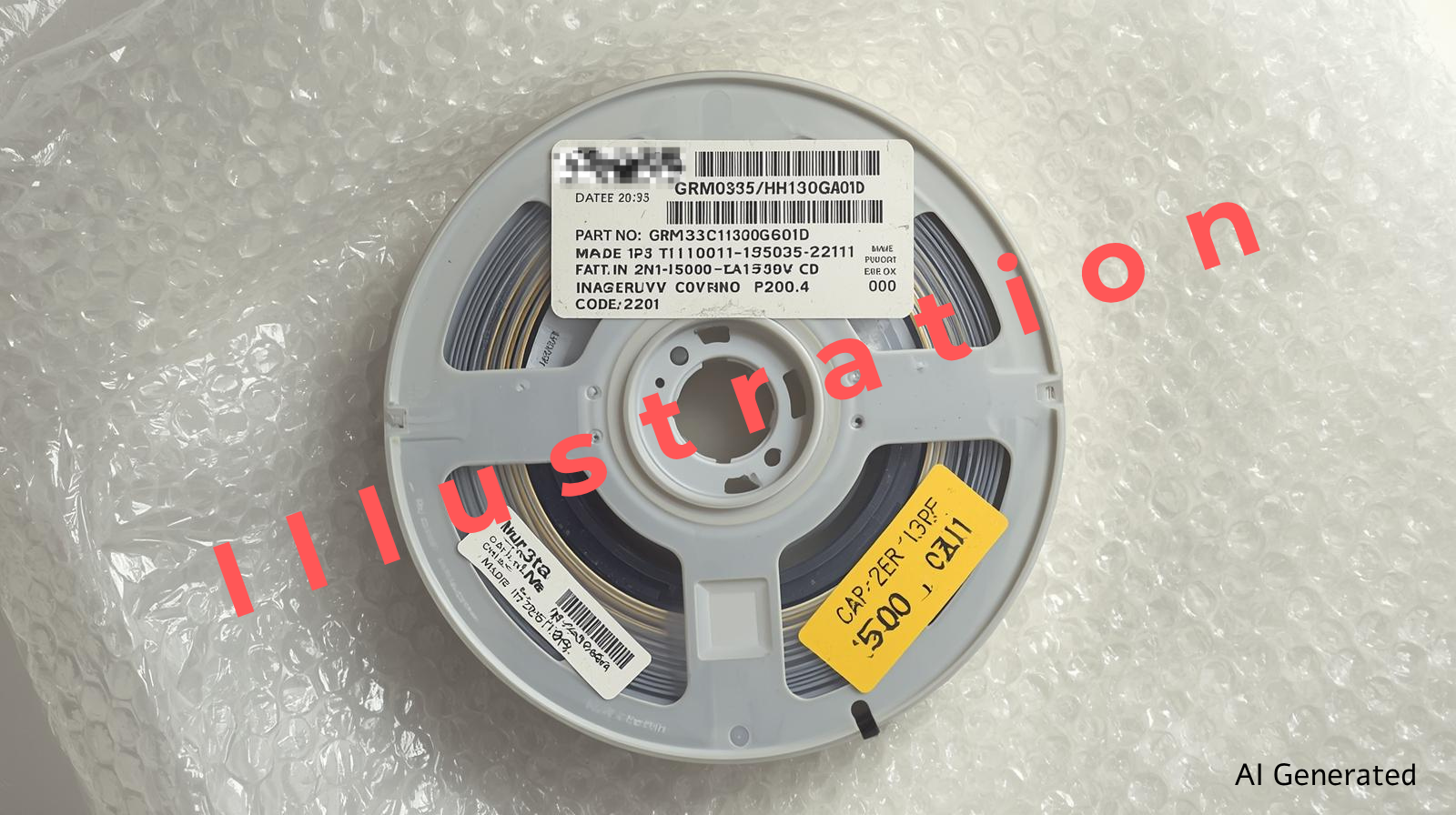In an era where the complexity of automotive electronic systems is escalating at a remarkable pace, adhering to functional safety standards is not just a regulatory requirement it is a strategic imperative. One of the most critical standards in automotive functional safety is ISO 26262. This comprehensive standard focuses on the design and development of safety-related electrical and electronic systems within road vehicles, aiming to minimize the risks of systematic failures and random hardware failures. As the industry evolves to meet heightened consumer demands and stricter compliance regulations, Original Equipment Manufacturers (OEMs) and Electronic Manufacturing Service (EMS) providers must align their processes with ISO 26262 to ensure the safety, reliability, and overall integrity of automotive products.
At the heart of achieving compliance and safeguarding quality in automotive electronics lies the ability to inspect, trace, and secure each component used in the assembly process. Cybord, a leader in digital component inspection and traceability, provides a robust platform that supports manufacturers in meeting the stringent requirements of ISO 26262. Below, we delve into the essentials of ISO 26262, its relevance to automotive electronics, and how advanced inspection solutions like Cybord’s can streamline compliance with minimal disruption to existing manufacturing workflows.
Understanding ISO 26262
Scope and Purpose
ISO 26262 is a risk-based safety standard tailored to the unique environment of automotive electronics. It addresses every stage of a product’s lifecycle from conceptual design, development, and production to operation, service, and decommissioning. By emphasizing a systematic approach to risk identification and mitigation, ISO 26262 helps ensure that electronic systems perform as intended, even under faulty or unexpected conditions.
Key Elements
- Hazard Analysis and Risk Assessment (HARA)
HARA is the foundational process for identifying potential hazards and quantifying the associated risks in automotive systems. Each identified risk is then classified according to severity, exposure, and controllability. - Automotive Safety Integrity Levels (ASILs)
Based on the findings from the HARA, systems or subsystems are assigned an ASIL level (A, B, C, or D), which indicates the degree of stringency in risk management. ASIL D represents the highest level of risk and thus requires the most rigorous safety measures. - Safety Lifecycle Management
ISO 26262 prescribes a comprehensive safety lifecycle, which spans concept phases, product development, production, operation, and decommissioning. Each phase mandates specific activities, documentation, and validation requirements. - Systematic and Random Hardware Faults
The standard differentiates between systematic faults (design-related) and random hardware faults (component-level). Manufacturers must adopt robust processes and verification steps to mitigate both fault categories effectively. - Documentation and Traceability
Traceability is central to ISO 26262. The standard requires organizations to maintain detailed records that trace system requirements to design, testing, and validation. This documentation is critical for demonstrating compliance and for enabling efficient root-cause analysis when issues arise.
Why ISO 26262 Matters for Automotive Electronics
As vehicles grow more sophisticated with features like Advanced Driver Assistance Systems (ADAS), infotainment networks, and autonomous driving capabilities automotive electronics are subject to higher reliability expectations. A single component failure in a critical system could jeopardize passenger safety and tarnish the manufacturer’s reputation. For C-level executives overseeing electronic production, the stakes are high: compliance is no longer just about meeting guidelines it’s about protecting customers, avoiding costly recalls, and preserving brand integrity.
In this climate, ISO 26262 compliance is a cornerstone of responsible manufacturing. It assures regulators and the public that manufacturers have taken every possible measure to minimize the risk of electronic system failure. Moreover, compliance can serve as a competitive differentiator in a crowded market, demonstrating a commitment to quality and safety that resonates strongly with automotive partners and end-users.
Common Challenges in Achieving ISO 26262 Compliance
- Complex Supply Chains
Automotive electronics manufacturing often involves intricate, global supply chains. Ensuring each component is authentic and meets the specified quality is an ongoing challenge, especially if there is limited visibility into upstream suppliers. - Component Counterfeiting and Tampering
Counterfeit or tampered components pose a serious threat to product integrity. Substandard or fake parts can degrade performance or even cause complete system failures. - Approved Vendor List (AVL) Enforcement
Manufacturers make extra efforts to rigorously test every component before its approved for production. However, component manufacturers often produce various versions of the same components, some intended for safety-critical (ASIL) applications and others for non-safety-critical uses. These versions may share similar specifications, such as package type and part number, but differ in aspects like development process rigor, testing, and provided safety documentation. Without the ability to distinguish between these components, manufacturers are at risk of installing components that are not certified.
- Documentation Overload
As mandated by ISO 26262, a significant amount of documentation is required to demonstrate compliance. This can be overwhelming if the organization lacks an automated system for capturing and reporting relevant data. - Evolving Regulatory Landscape
Regulatory expectations, including those from ISO 26262 and other standards, continue to evolve. Manufacturers need dynamic, scalable solutions that can adapt to changes in compliance requirements without major operational disruptions.
How Cybord’s Advanced Inspection Solutions Align with ISO 26262
Cybord provides a unified platform that leverages advanced visual AI inspection and comprehensive traceability for every component placed on a Printed Circuit Board Assembly (PCBA). The solution encapsulates three powerful inspection capabilities:
- Bottom-Side Inspection (BSI)
Detects defects, cracks, and potential tampering. By identifying issues like bent leads or compromised component bodies in real time, Cybord helps manufacturers reduce random hardware failures a critical requirement for adhering to ISO 26262’s hardware fault metrics. - Top-Side Inspection (TSI)
Focuses on component markings and packaging. This feature ensures that each component’s documentation (manufacturer, MPN, date code, lot, and country of origin) aligns with product specifications. Consistency in marking and packaging is essential not only for verifying authenticity but also for meeting traceability mandates required by ISO 26262. - Complete Board Inspection (CBI)
Automatically detects anomalies at the board level, providing an extra layer of security against tampering, unauthorized components, or other deviations. Such proactive anomaly detection aids in preventing systematic failures by identifying nonconformities early in the production process.
Unmatched Traceability
Cybord maintains a digital repository of every inspected component. This centralized data source is invaluable for OEMs and EMS providers who need to demonstrate a high degree of traceability for ISO 26262 compliance. It also allows for forensic-level root-cause analysis, enabling swift identification and resolution of issues.
Streamlined Documentation
By analyzing each component and capturing its details in real-time, Cybord automates a critical portion of the documentation load. All relevant data can be integrated with existing enterprise systems via APIs, ensuring that quality records and traceability data are seamlessly synchronized with the organization’s core compliance and product lifecycle management platforms.
Cyber-Physical Security
In addition to addressing reliability concerns, Cybord enhances cyber-physical security. Hardware implants, tampered markings, or counterfeit parts can lead to unforeseen failures or vulnerabilities in connected vehicles. With Cybord, each component is verified for authenticity, protecting both manufacturers and end-users from potential cyber-physical threats.
Comparing ISO 26262 with Other Relevant Standards




